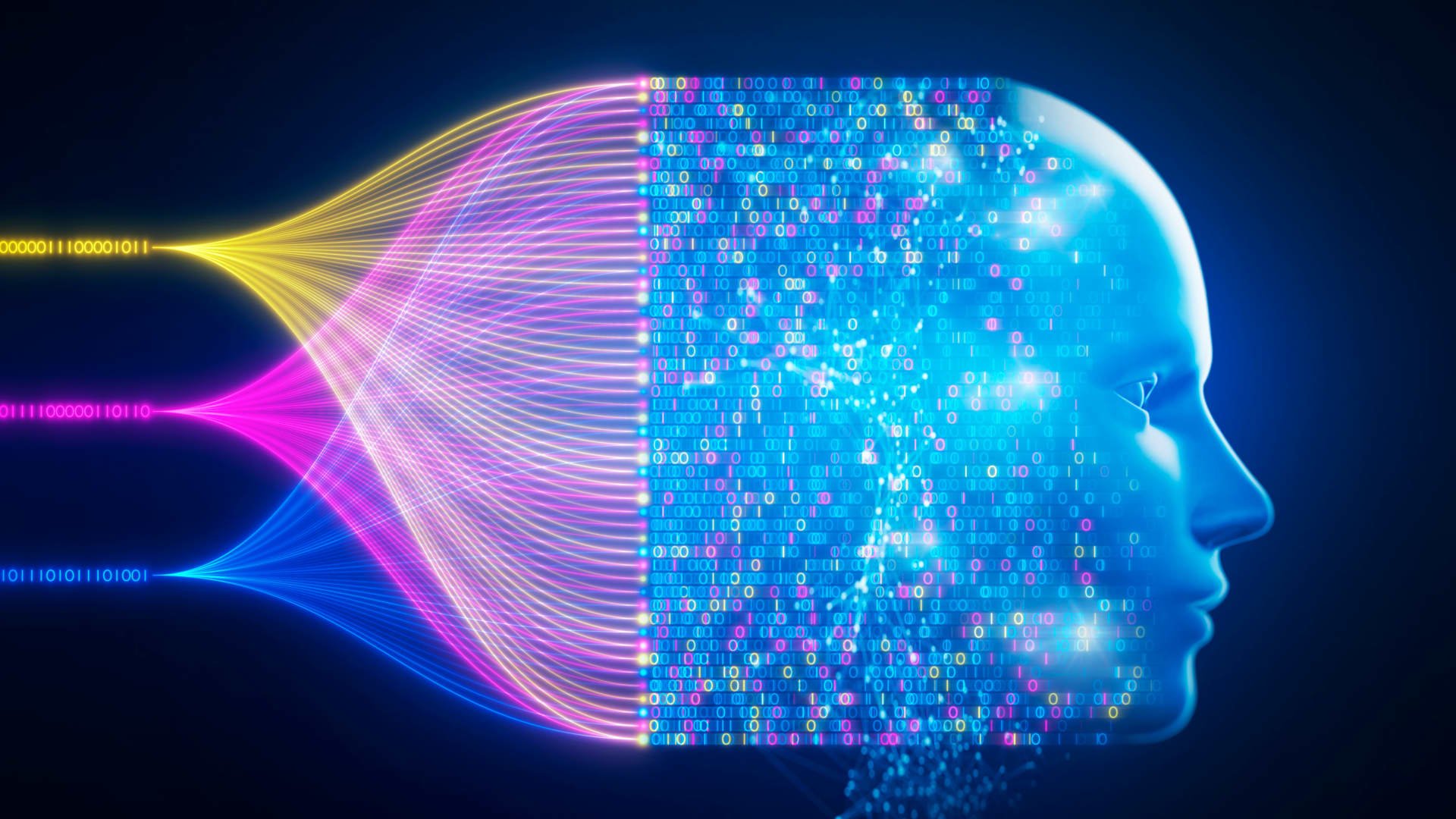A Deep Dive Into AI Undress: Understanding The Controversy And Implications
Hey there, tech enthusiasts and curious minds! Let’s cut straight to the chase. AI undress has become one of the most talked-about topics in recent years, and for good reason. Whether you're a tech guru or just someone scrolling through social media, chances are you've come across this term at least once. But what exactly is AI undress, and why does it matter? Let's break it down in a way that’s both easy to digest and packed with insights.
In this article, we're diving deep into the world of AI undress, exploring its origins, implications, and the heated debates surrounding it. This isn't just another tech article; it's a conversation starter that sheds light on the ethical, legal, and societal impacts of this technology. So, grab a cup of coffee, and let’s get into it, shall we?
Before we dive in, let me tell you something: AI undress isn’t just a buzzword. It’s a reflection of how far artificial intelligence has come and, at the same time, how much responsibility comes with wielding such powerful tools. Ready to learn more? Let's go!
- Hindi Dubbed Movies Download Your Ultimate Guide To Bollywood In A New Flavor
- Vegamovies Hollywood Your Ultimate Destination For Movie Magic
What Exactly is AI Undress?
Alright, so you’ve probably heard the term thrown around, but what does it really mean? Simply put, AI undress refers to the use of artificial intelligence algorithms to digitally remove clothing from images or videos. Yes, you read that right. This technology can essentially "undress" someone without their consent, raising serious ethical concerns.
Now, here’s the kicker: AI undress isn’t just some random experiment. It’s a byproduct of advancements in deep learning and neural networks. These algorithms are trained on vast datasets to recognize patterns and manipulate images in ways that were once thought impossible. But with great power comes great responsibility—or, in this case, great controversy.
How Does AI Undress Work?
Let’s get into the nitty-gritty. AI undress works by leveraging machine learning models that are trained on thousands—if not millions—of images. These models learn to identify patterns in clothing, skin tones, and body shapes, allowing them to create realistic simulations of what someone might look like without clothes. The process involves complex algorithms that analyze pixel data and reconstruct images based on learned patterns.
- Kash Patel Eye Injury The Inside Story You Need To Know
- Wwwmovierulzcom Kannada Movie 2024 Your Ultimate Guide To Streaming And Downloading
Here’s a quick breakdown of how it works:
- Data Collection: AI models are trained on large datasets containing images of people in various outfits.
- Pattern Recognition: The algorithm identifies patterns in clothing and body structures.
- Image Reconstruction: Using the learned patterns, the AI generates a new image where the clothing is digitally removed.
While the technology itself is impressive, the implications are anything but simple. Let’s explore that next.
The Ethical Dilemma Behind AI Undress
Let’s face it: AI undress raises some serious ethical questions. On one hand, the technology showcases the incredible capabilities of artificial intelligence. On the other hand, it opens the door to misuse, invasion of privacy, and even cyberbullying. Think about it—would you want someone to digitally undress you without your consent? Probably not.
The ethical concerns surrounding AI undress are twofold. First, there’s the issue of consent. People have the right to control how their images are used, and AI undress completely disregards that. Second, there’s the potential for abuse. This technology could be weaponized against individuals, particularly women, leading to harmful consequences.
Legal Implications of AI Undress
Now, let’s talk about the law. In many countries, the use of AI undress technology is still in a legal gray area. While some jurisdictions have started cracking down on its misuse, others haven’t caught up yet. This lack of regulation creates a perfect storm for exploitation.
Here are a few key legal points to consider:
- Many countries are now introducing laws to protect individuals from non-consensual image manipulation.
- Victims of AI undress can potentially sue for damages, but the process can be lengthy and complex.
- Platforms hosting AI undress content may also face legal repercussions if they fail to remove it promptly.
It’s clear that the legal landscape is evolving, but there’s still a long way to go. Let’s keep digging.
AI Undress in the Media
Media coverage of AI undress has been both enlightening and alarming. Journalists and tech experts have weighed in on the topic, shedding light on both its potential and its pitfalls. From viral news stories to thought-provoking documentaries, the media has played a crucial role in raising awareness about this technology.
However, not all coverage is created equal. Some outlets sensationalize the issue, while others provide balanced perspectives. It’s important to consume information from trusted sources to get a well-rounded understanding of AI undress and its implications.
Public Perception and Reactions
So, how do people feel about AI undress? Well, opinions are divided. While some view it as a harmless novelty, others see it as a violation of personal boundaries. Social media platforms have become battlegrounds for this debate, with users sharing their thoughts and experiences.
Here are some common reactions:
- Concerns about privacy and consent.
- Fear of misuse and exploitation.
- Curiosity about the technology itself.
As the conversation continues, one thing is certain: AI undress has sparked a much-needed dialogue about the responsible use of technology.
The Role of Tech Companies
Tech companies are at the forefront of the AI undress debate. Some have taken steps to mitigate its misuse, while others have been criticized for their lack of action. For example, certain platforms have implemented filters to detect and remove AI-generated content that violates their terms of service.
However, the responsibility doesn’t stop there. Tech companies need to invest in research and development to create safer, more ethical AI technologies. They also need to collaborate with lawmakers and advocacy groups to establish clear guidelines and regulations.
Steps Taken by Major Players
Here’s a look at what some major tech companies are doing:
- Company A has introduced advanced detection tools to identify AI-generated content.
- Company B has partnered with privacy advocates to develop ethical AI frameworks.
- Company C has launched educational campaigns to raise awareness about the risks of AI undress.
While these efforts are commendable, there’s still room for improvement. Let’s keep pushing for accountability and transparency.
Impact on Society
The societal impact of AI undress cannot be overstated. It affects individuals, communities, and even entire industries. From eroding trust in digital media to perpetuating harmful stereotypes, the consequences are far-reaching.
Let’s break it down:
- Individuals may experience anxiety or fear about their digital footprint.
- Communities could become more divided over issues of privacy and consent.
- Industries like entertainment and journalism may face challenges in maintaining credibility.
It’s a wake-up call for all of us to think critically about the technologies we use and how they impact our lives.
Addressing the Broader Implications
To address the broader implications of AI undress, we need a multi-faceted approach. This includes:
- Education: Raising awareness about the risks and responsible use of AI.
- Regulation: Establishing clear laws and guidelines to govern AI technologies.
- Collaboration: Encouraging cooperation between tech companies, policymakers, and advocacy groups.
Together, we can create a safer, more ethical digital landscape.
Alternatives and Solutions
Now, let’s talk about solutions. Are there alternatives to AI undress that can achieve similar results without compromising ethics? The answer is yes. Researchers are exploring ways to enhance AI capabilities while prioritizing user consent and privacy.
Here are a few examples:
- Consent-based AI tools that require explicit permission before generating content.
- Encrypted data storage to protect sensitive information.
- Transparent algorithms that allow users to understand how their data is being used.
By focusing on these alternatives, we can harness the power of AI while minimizing its risks.
Implementing Ethical AI Practices
Implementing ethical AI practices requires a commitment from all stakeholders. This includes:
- Developers: Designing AI systems with ethical considerations in mind.
- Users: Educating themselves about the potential risks and benefits of AI.
- Regulators: Creating frameworks that balance innovation with accountability.
It’s a collaborative effort that will shape the future of AI and its applications.
Conclusion: Taking Action
Alright, we’ve covered a lot of ground here. AI undress is a complex issue with far-reaching implications. While the technology itself is undeniably impressive, its misuse raises serious concerns about privacy, consent, and accountability.
To recap:
- AI undress involves using algorithms to digitally remove clothing from images or videos.
- It raises ethical and legal questions about consent and misuse.
- Tech companies and policymakers are working to address these challenges, but more needs to be done.
So, what can you do? Start by educating yourself and others about the risks and benefits of AI. Advocate for ethical AI practices and support initiatives that prioritize user safety. Together, we can shape a future where technology enhances our lives without compromising our values.
And hey, don’t forget to share your thoughts in the comments below. Let’s keep the conversation going!
Table of Contents
- What Exactly is AI Undress?
- How Does AI Undress Work?
- The Ethical Dilemma Behind AI Undress
- Legal Implications of AI Undress
- AI Undress in the Media
- Public Perception and Reactions
- The Role of Tech Companies
- Steps Taken by Major Players
- Impact on Society
- Addressing the Broader Implications
- Alternatives and Solutions
- Implementing Ethical AI Practices
- Conclusion: Taking Action
- Lil Jeff Real Name Unveiling The Truth Behind The Rising Star
- Von Autopsy A Deep Dive Into The World Of Postmortem Investigations

Free Undress Tool Exploring The Controversy, Technology, And Ethical

Free Undress Tool Exploring The Controversy, Technology, And Ethical

Wall Street may be overlooking this key AI investing area